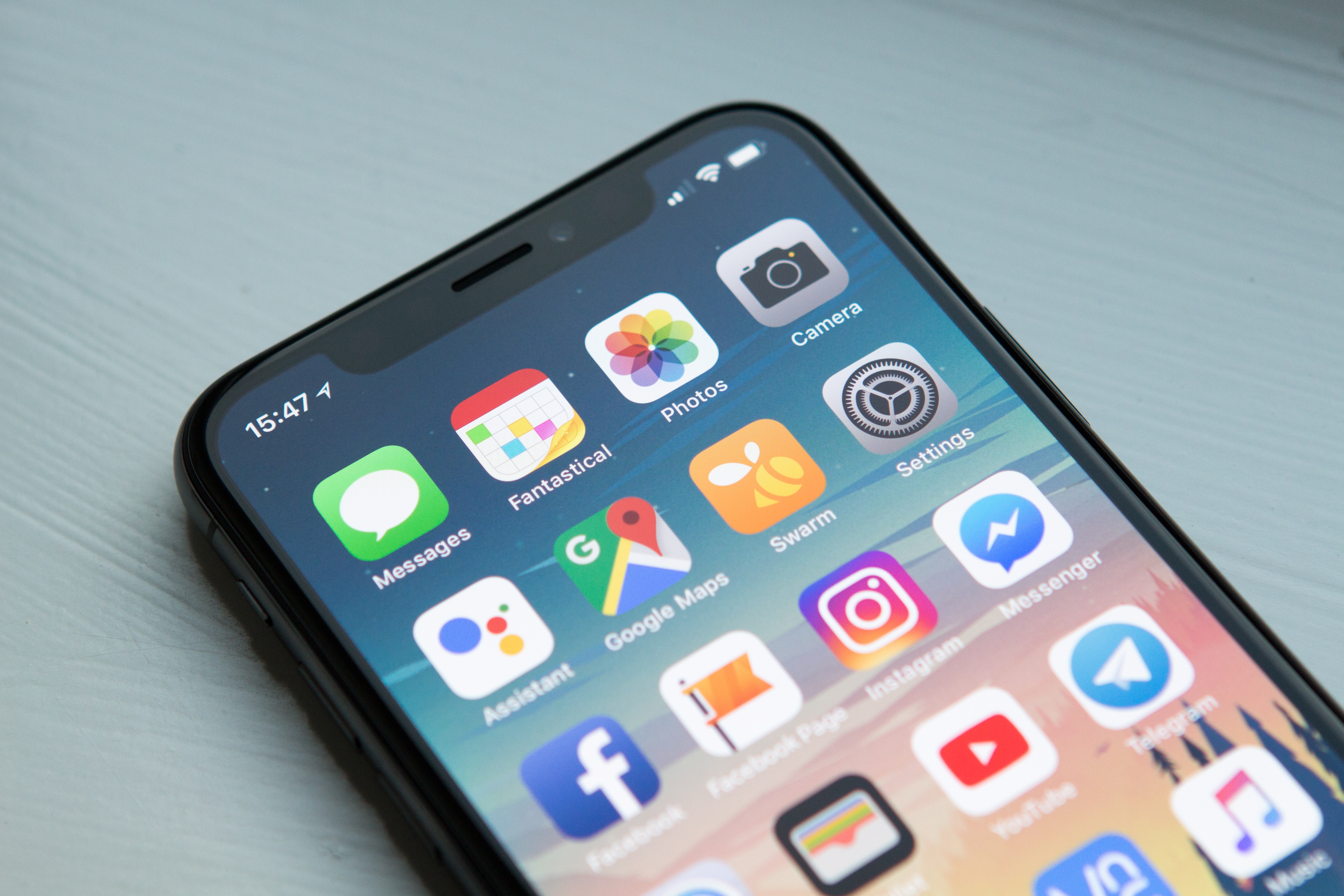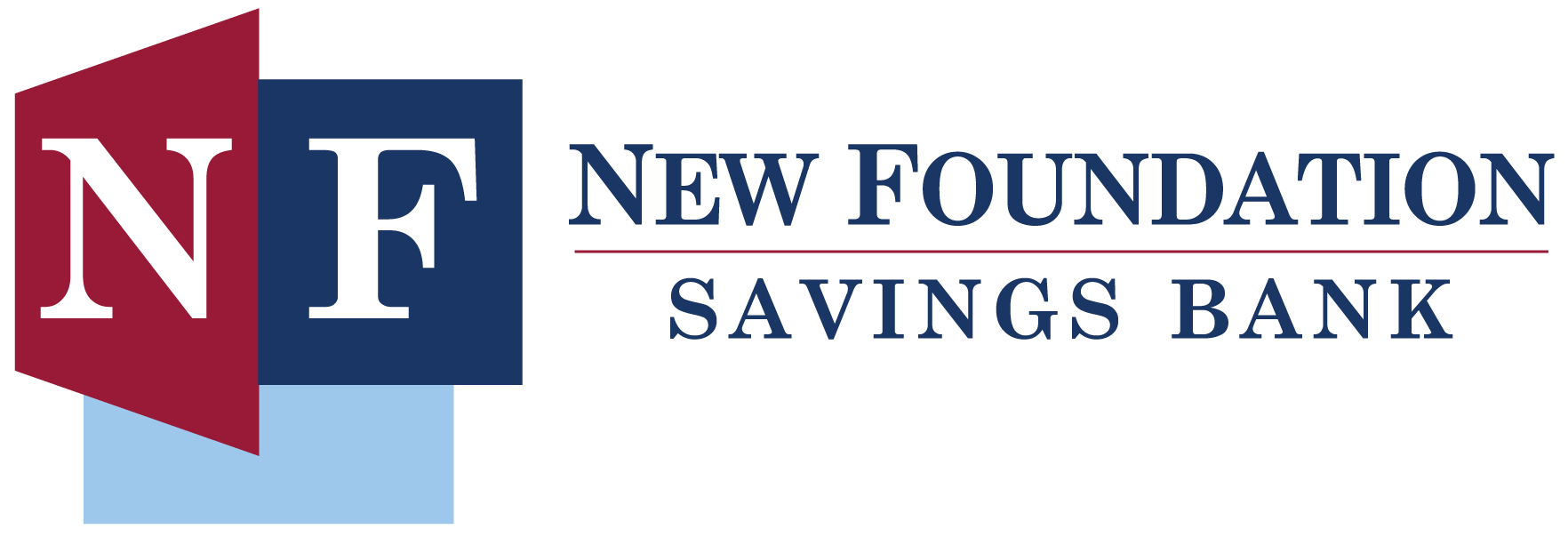The number of scams and malware taking advantage of social media users and platforms is on the rise. Social media scams are easy to create and can target thousands of people at once due to how users interact with pages, posts, and contacts. Once your account is compromised, malicious actors can leverage it as a conduit to spread scams and malware to your network of friends or contacts. Facebook, Twitter, LinkedIn, and Instagram are a few very common examples of social media sites where you or your account could be at risk. Below we will examine some ways that you can keep your social media accounts safer through smart online practices.

How to Identify and Prevent Attacks
Shortened URLs are a common tactic used by scammers to conceal where malicious links lead, since many social media sites have a character limit. A simple scam involves an email with links that are allegedly to posts you have been tagged in. The links will use a URL shortening services to hide the true link destination - a malicious site that can infect your device. To avoid this, do not click on shortened links in emails and social media messages you receive.
Instead, copy and paste the shortened URL into a URL extender to see where you are really going and then choose to click or not. Additionally, never enter your login credentials in a website that you linked to from a social media post, message, or email. Malicious websites that look like the real thing are often used to steal login credentials to compromise accounts.
Staying Secure and Connected
Keep track of your devices: Not only are your devices themselves worth a great deal of money, but your sensitive information that is accessible by that device is also valuable. Ensure that you keep your devices close at hand or secured away safely when not in use. Theft of mobile devices, from smartphones to tablets and laptops, is all too common and can spoil a fun trip to a great extent.
Limit activity on public wi-fi: Public Wi-Fi that does not require credentials or logging in is not protected by encryption, so browsing and activity is not secure from prying eyes. To ensure your information is not put at risk, avoidlogging into personal accounts or conducting transactions.
- Ensure your device is set to ask your permission before connecting to a wireless network while on your trip.
- If you intend to use a hotel or establishment’s customer wireless network, verify what network is the correct one to use with a member of the staff.
Don’t Overshare on Social Media
Consider posting updates about your trip after you return. Criminals may see that you are away from home based on social media content and attempt to steal from your home! If you also share too many details about where you are on your trip, some scammers may attempt to contact your family and friends with a variety of scam tactics. Additionally, consider setting your social media accounts to only allow friends to view your posts and content.
By following these tips and being a cyber-safe traveler, you will have a smooth and enjoyable vacation! There are more resources available from NCSA and our partners on staying secure on trips and at home, check them out below to learn more:
https://ontech.com/cyber-security-summer-travel/
https://www.cisecurity.org/newsletter/securing-devices-by-making-simple-changes/

Get a loan that meets your needs & expectations!
Whether it is purchasing your first home, improving your current home, making major purchases, or consolidating your debts; New Foundation Savings Bank has affordable loan options for you.
